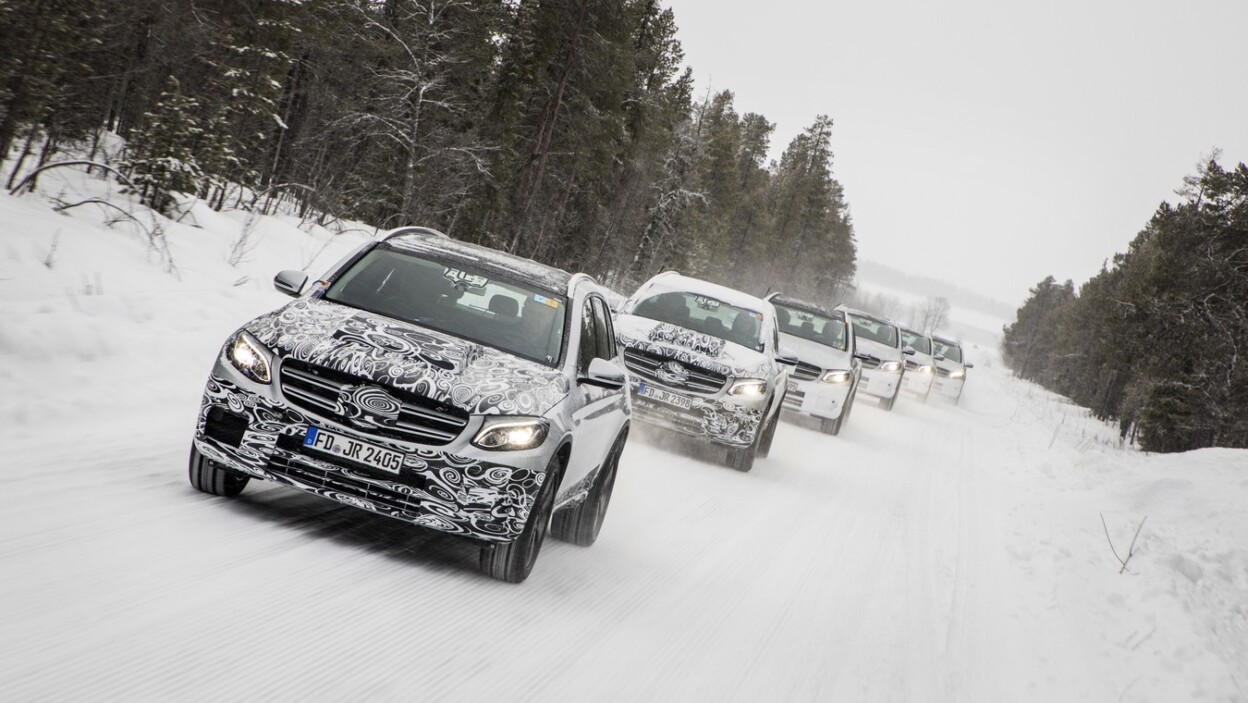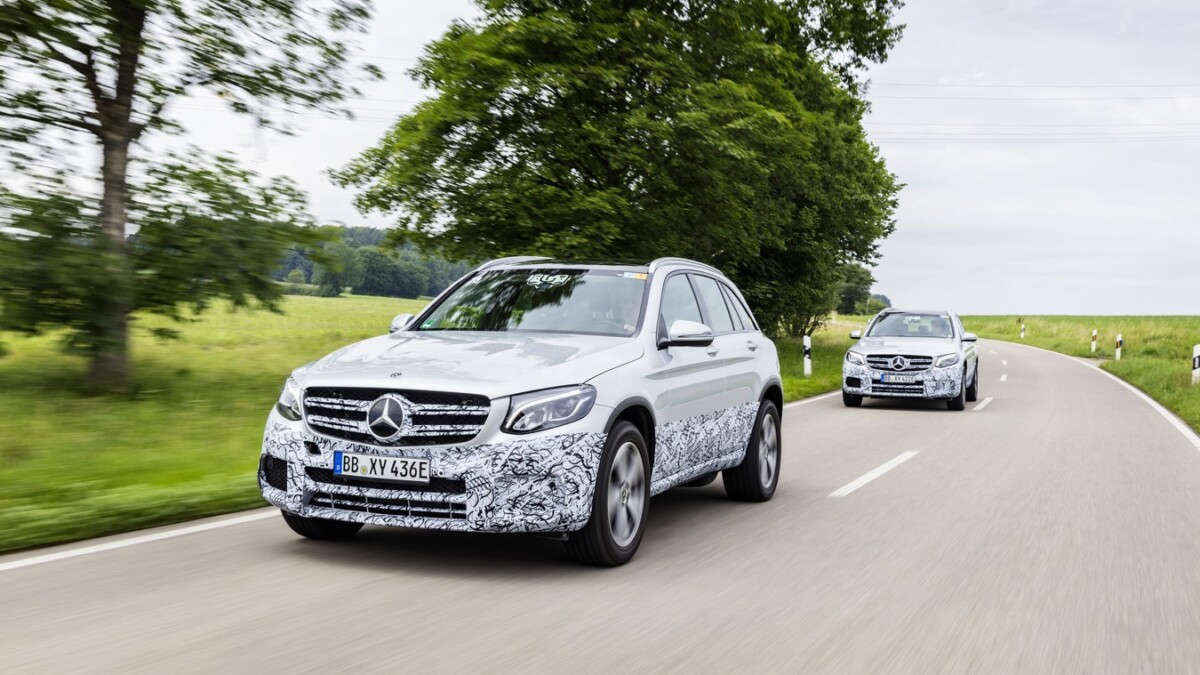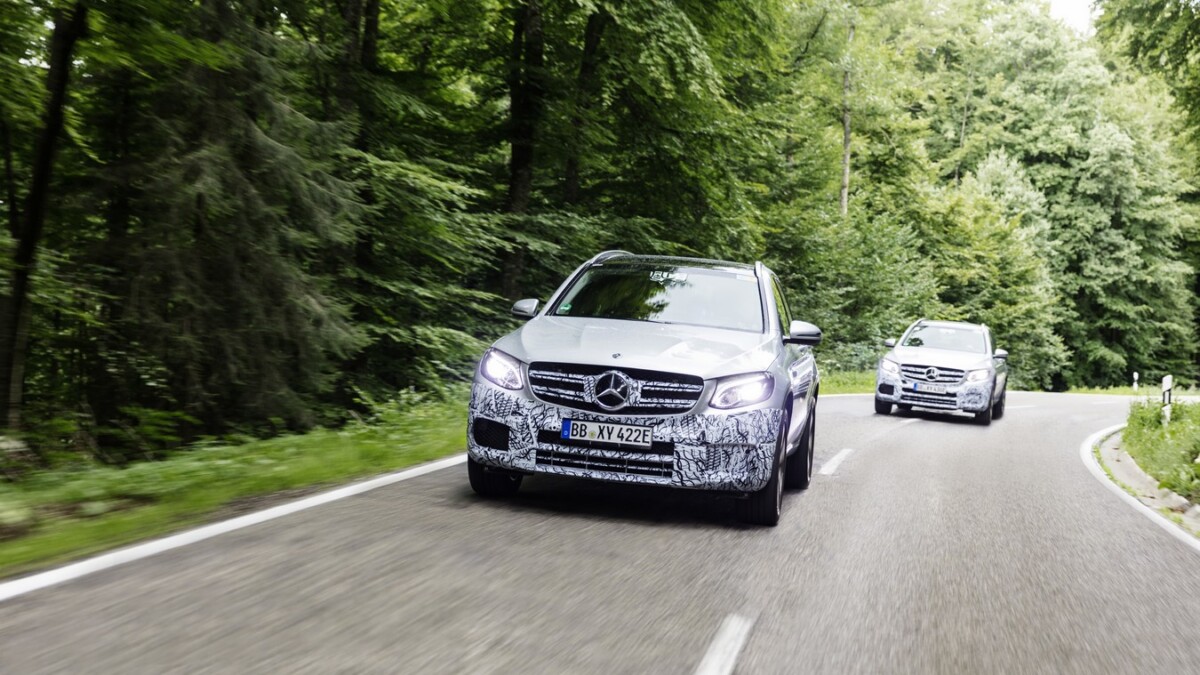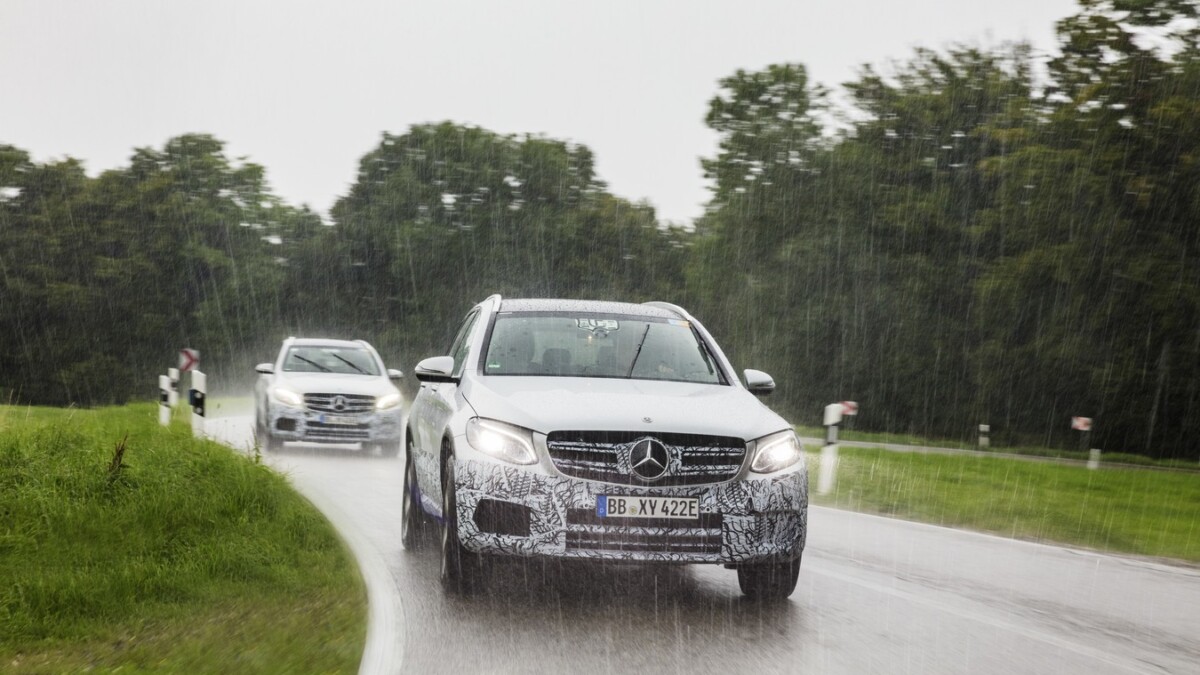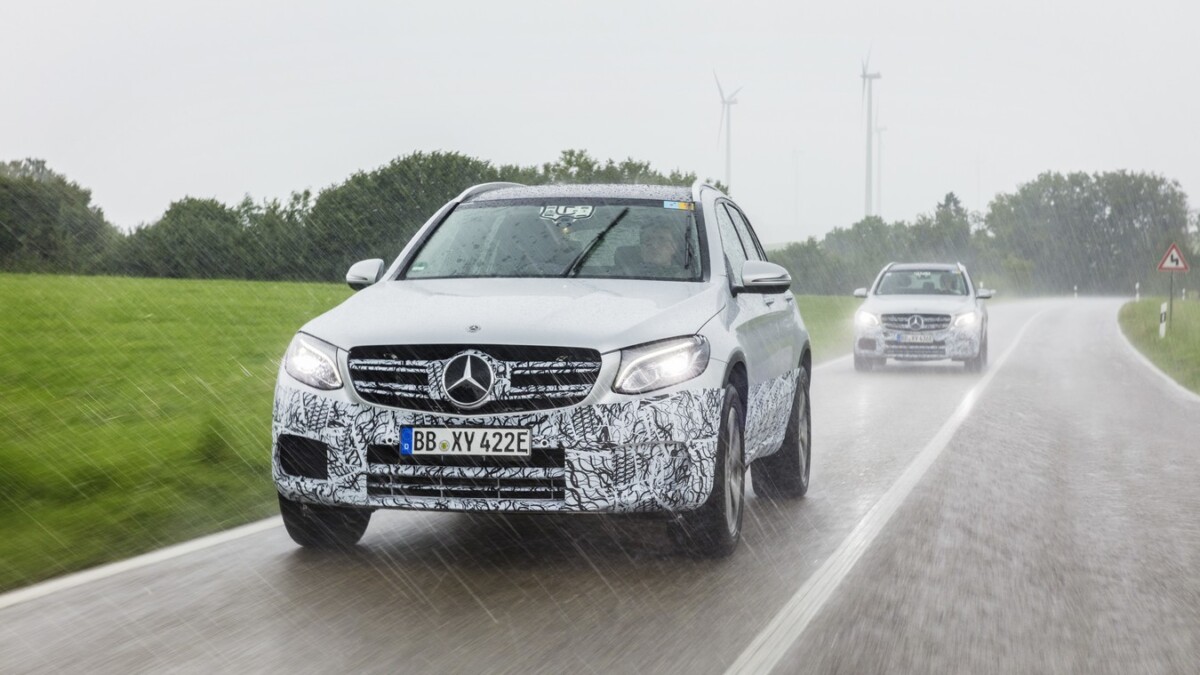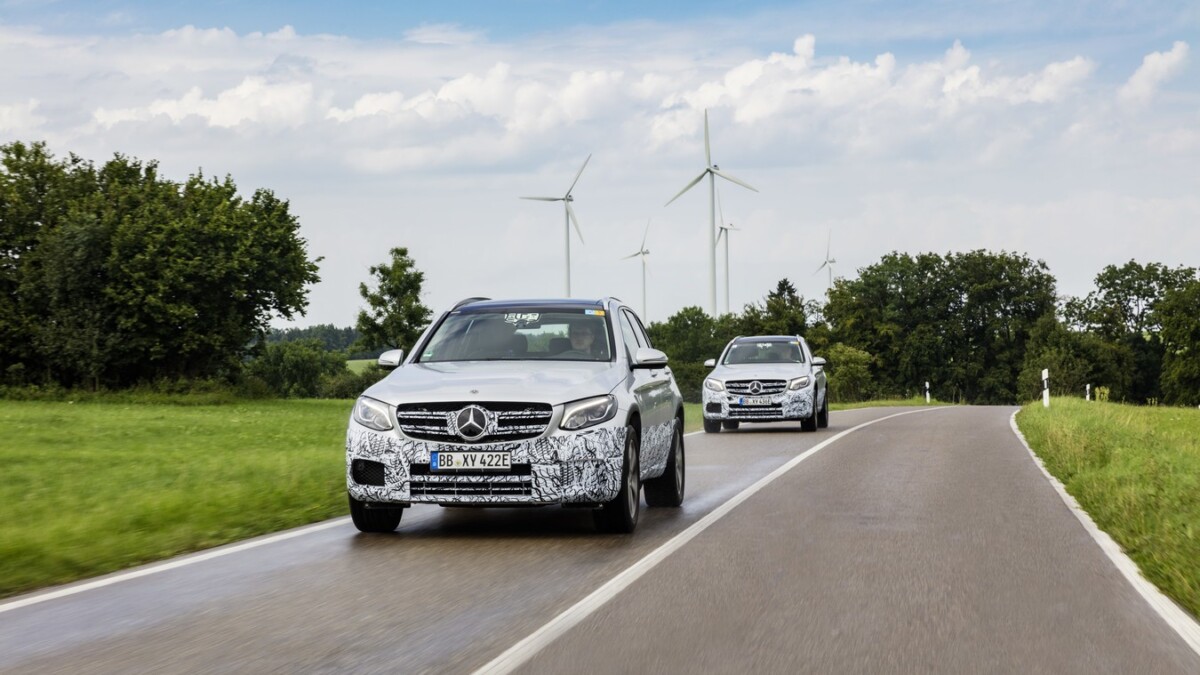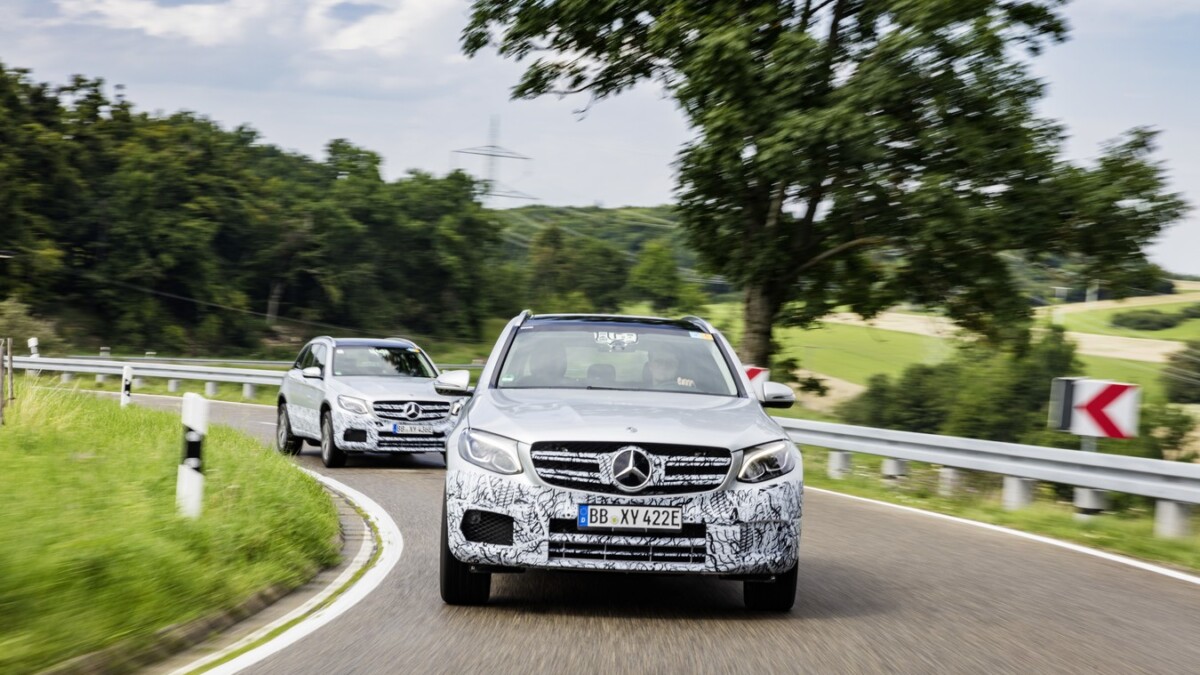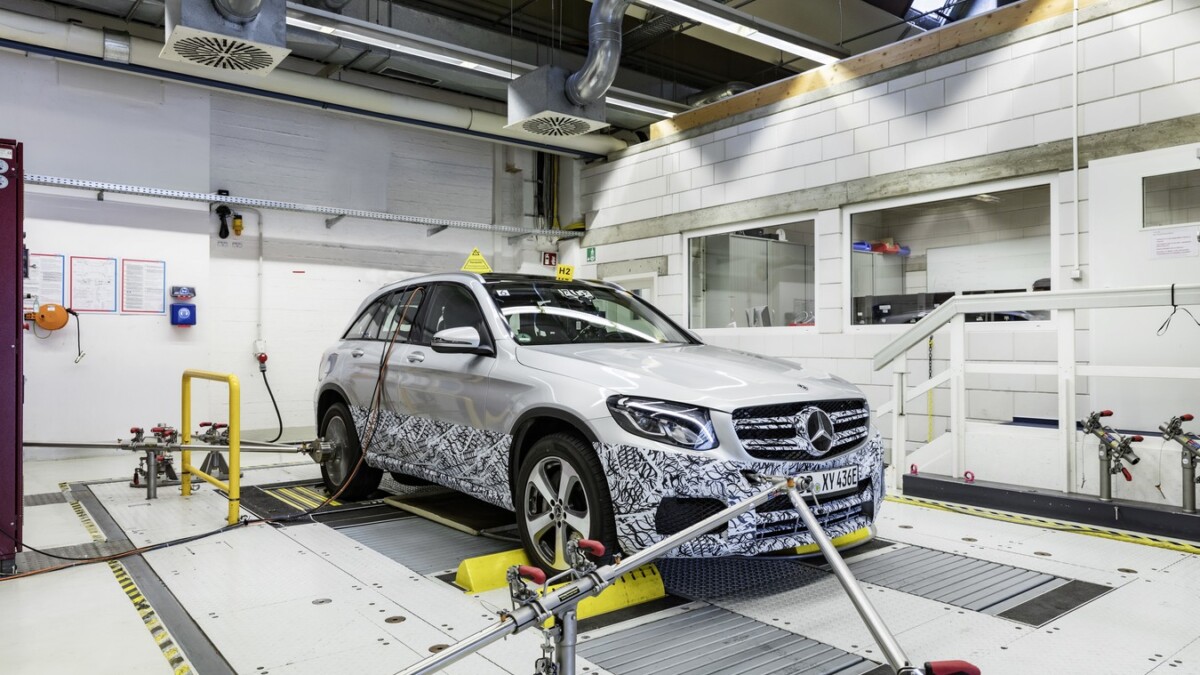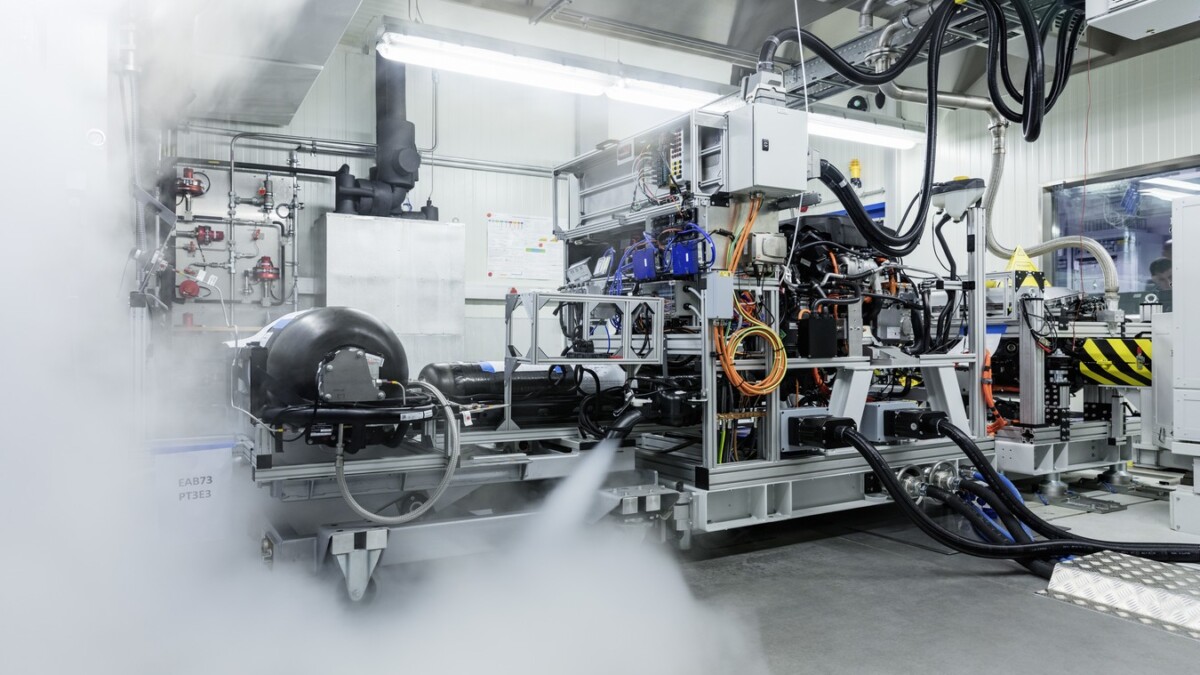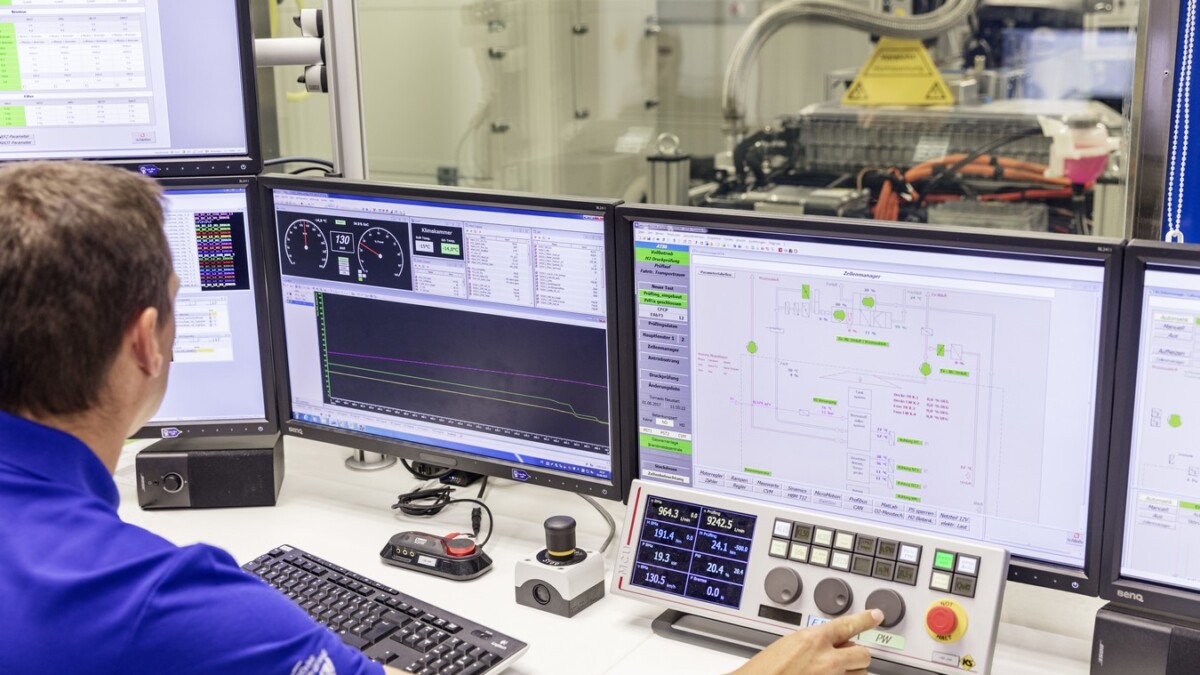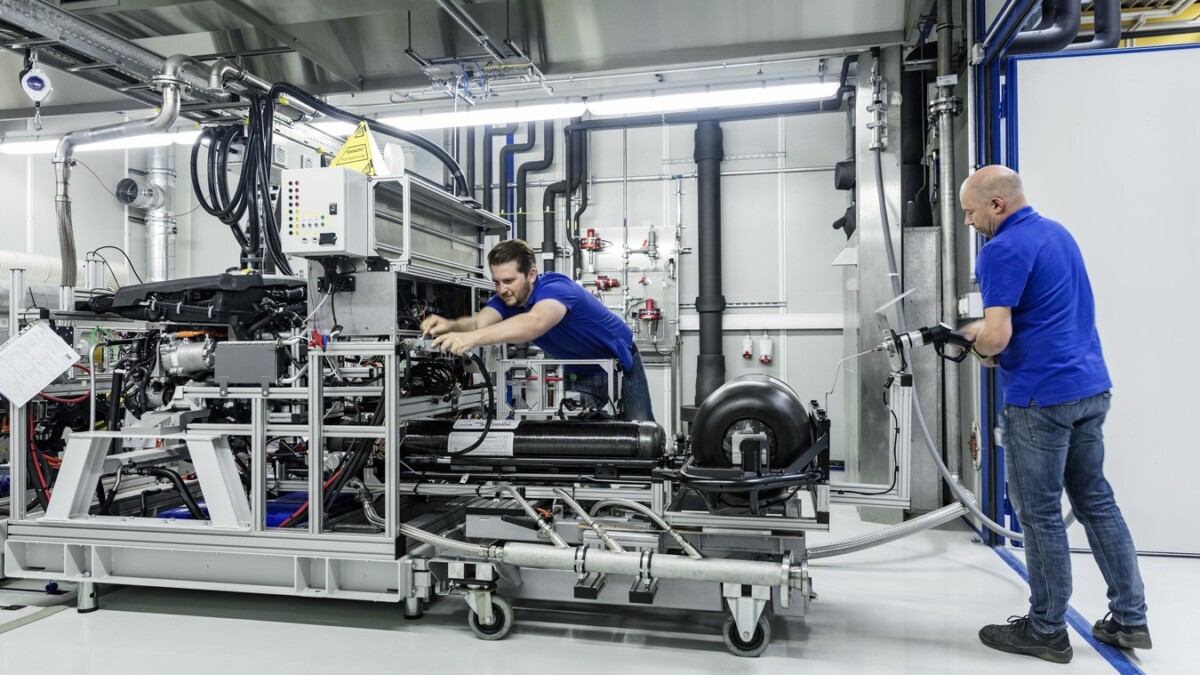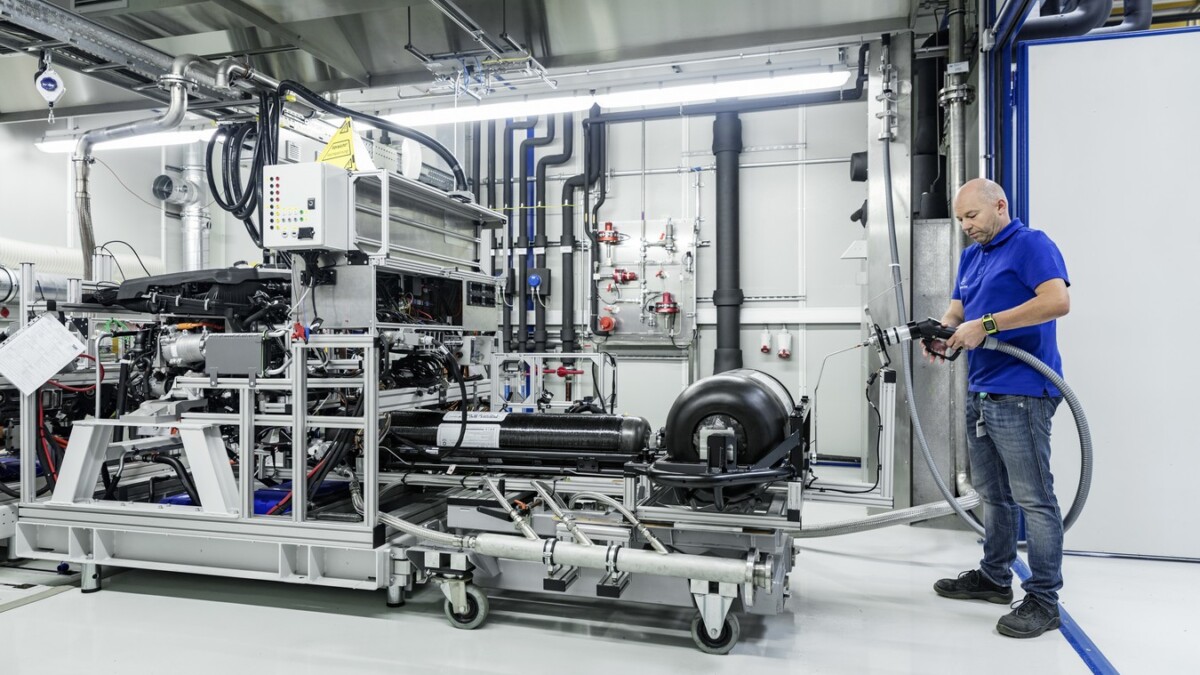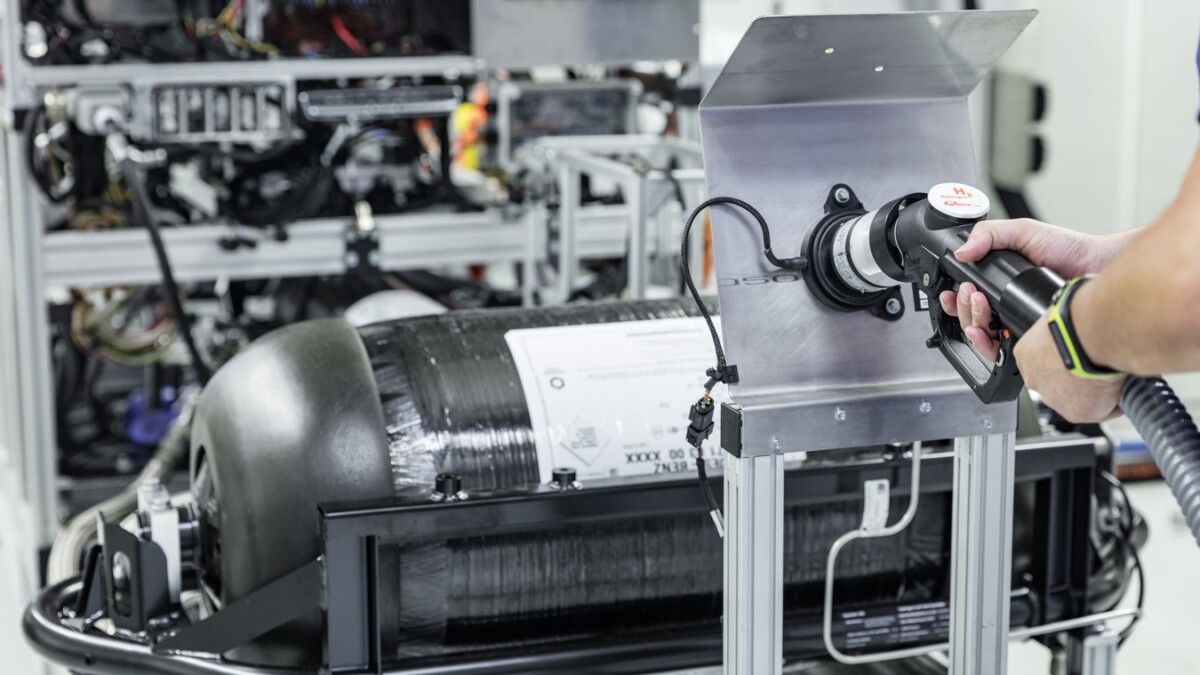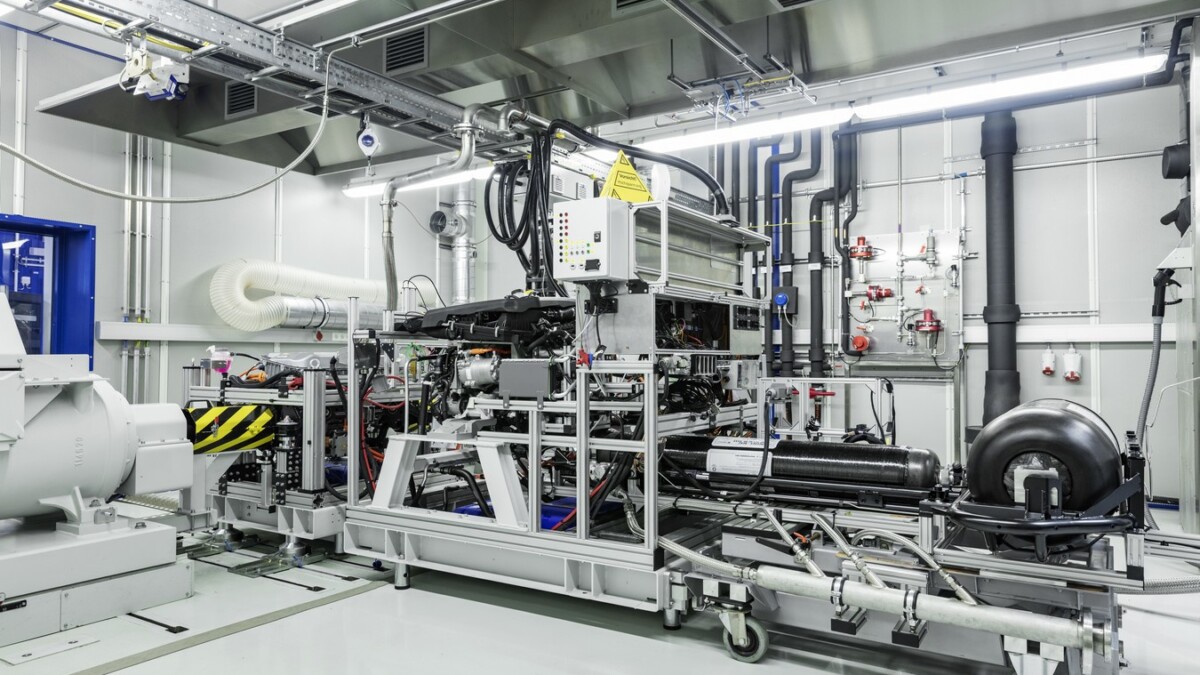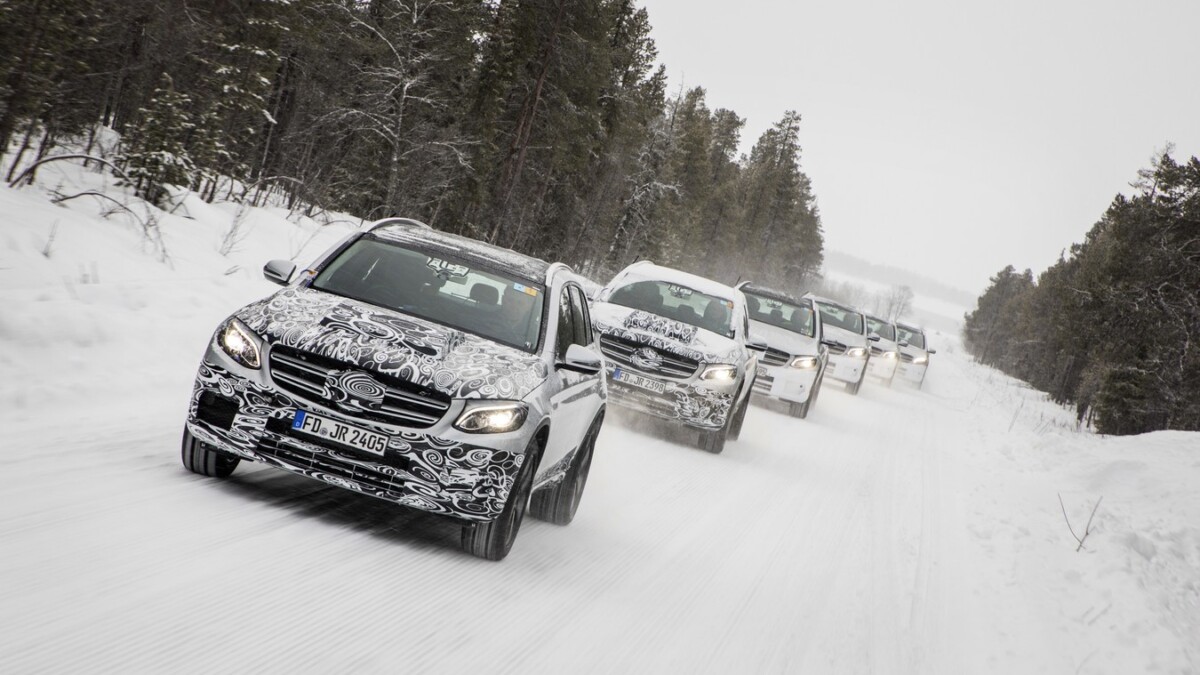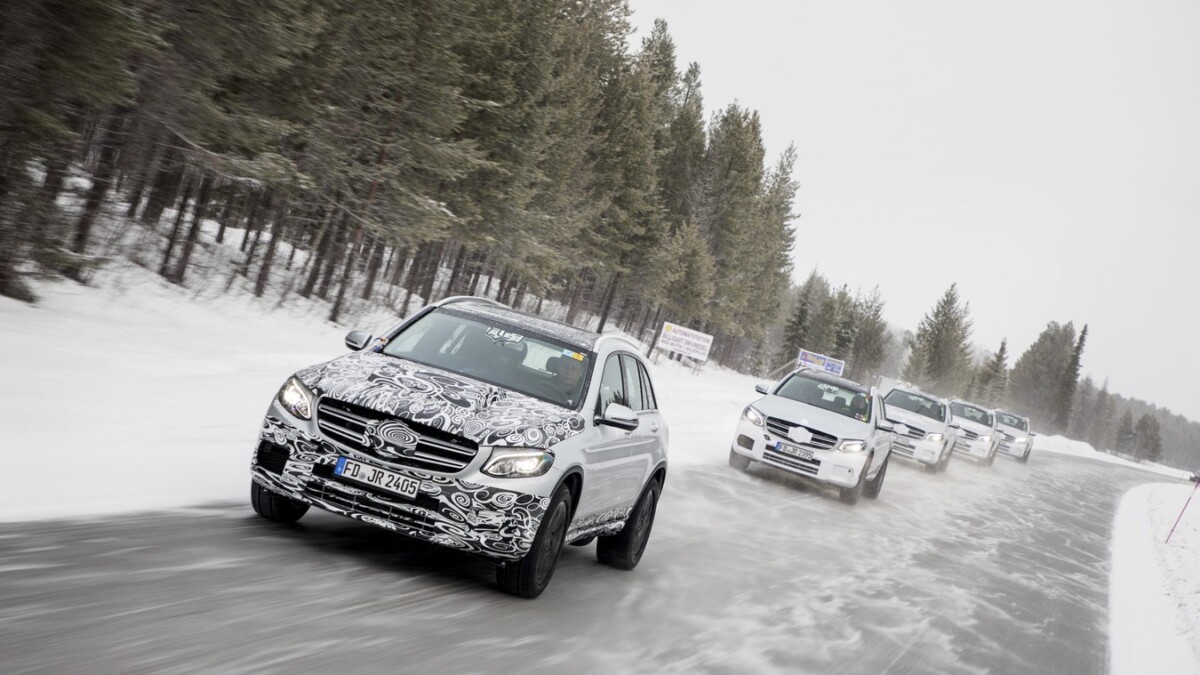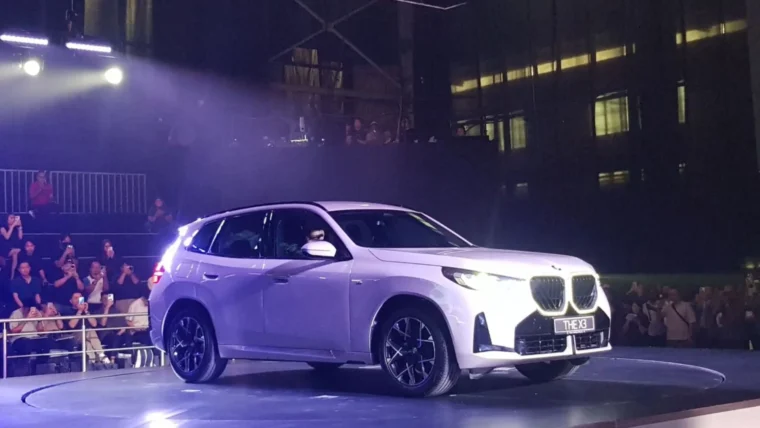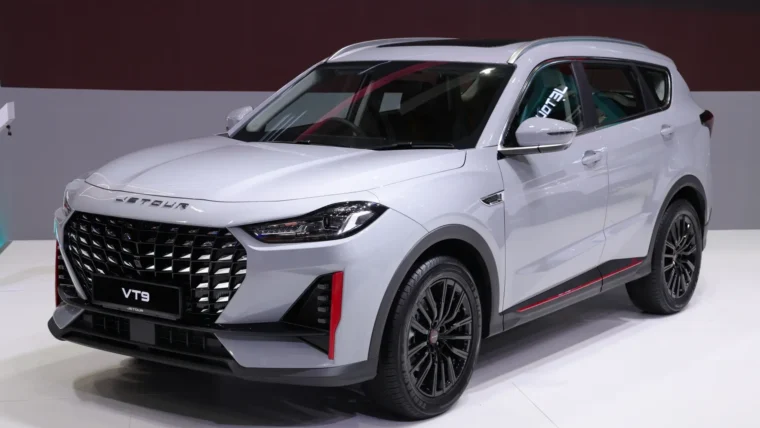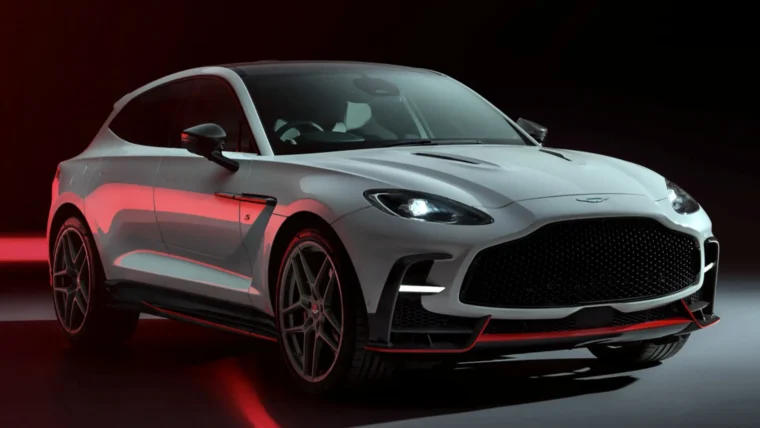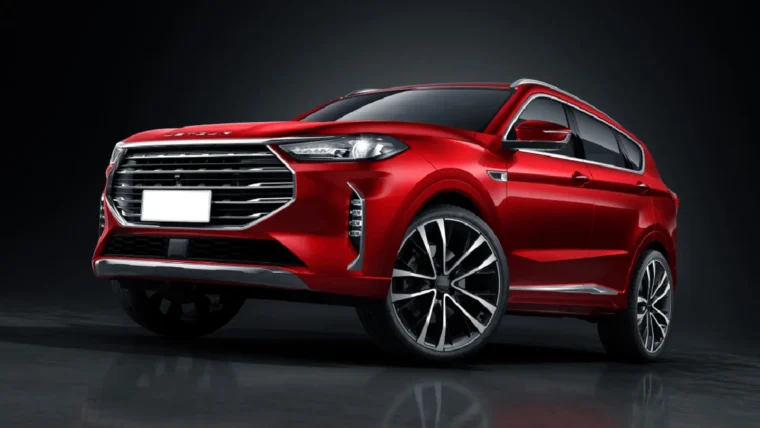
Fuel cell technology is an integral part of Daimler’s powertrain strategy. Mercedes-Benz has already gathered experience with hydrogen-powered electric vehicles over several vehicle generations. To date, the fleet of Daimler fuel cell vehicles, which together with a host of research vehicles numbers more than 300, has collectively covered nearly 18 million kilometres.

The next generation of fuel cell vehicles from Mercedes-Benz is currently being developed based on the GLC. The pre-production vehicle of the Mercedes-Benz GLC F‑CELL, which will be displayed publicly for the first time at the IAA Frankfurt Motor Show in September 2017, combines the innovative fuel cell and battery technology into a plug-in hybrid. With it, Daimler substantiates its technology leadership and makes a statement within its CASE innovation strategy. CASE stand for the fields of: networking (Connected), autonomous driving (Autonomous), flexible use (Shared & Services) and electric drive systems (Electric). Currently, Mercedes-Benz is getting ready for the series production of the fuel cell vehicles.

The road to series production: simulation, test rigs, road testing
Automobiles are initially developed on the computer. The first crash tests, aerodynamics analyses or chassis tests are also conducted in the virtual world using electronic simulations, long before the first prototype is built.

Intensive functional and fatigue testing of individual components and later also of the complete test vehicles on a host of test rigs speed up the development process. The Fuel Cell Centre of Competence Nabern east of Stuttgart plays a crucial role in the GLC F‑CELL. The fuel cell experts used about 200 tonnes of hydrogen in their developments tests since 2015. The only “exhaust gas” emitted was water vapour – 1800 tonnes of it in all.
The Vehicle Safety Technology Center (TFS), which opened in November 2016 as the world’s most modern crash test centre, offers entirely new possibilities for testing vehicles with alternative powertrains, vehicle-to-vehicle tests or for the design of assistance systems and PRE‑SAFE®. The GLC F‑CELL received its aerodynamic finishing touches in the wind tunnels in the Mercedes-Benz Technology Center in Sindelfingen: Even the most extreme weather events can be moved indoors here. Temperatures ranging from minus 40 to plus 60 degrees Celsius, hurricanes with wind speeds of up to 265 km/h, tropical downpours and heavy snowstorms are all part of the standard repertoire available to the test engineers.

After the first prototypes were roadworthy, the summer and winter road testing of the GLC F‑CELL began. The vehicles were driven on the proving grounds in Spain (IDIADA near Barcelona), Sweden (Arjeplog) and Germany (Boxberg), among others. The road tests also took the test teams to the Sierra Nevada (Spain) and the low mountain ranges of the Schwäbische Alb and the Black Forest in Germany. The test programme comprised more than 500 individual tests, which in addition to the standard test regimen for all vehicles also included special tests for the electric powertrain, the fuel cell, and the interplay of all powertrain components.

Safety: No compromises with alternative powertrains either
The safety experts of Mercedes-Benz were able to build on almost 30 years of company experience with fuel cell vehicles. The special attention of the engineers in the development of the F‑CELL variant of the GLC launched in 2015 was directed to the integration of the safety-relevant components such as the hydrogen tanks, the gas seals and valves, and the high-voltage components.
The hydrogen tanks are installed in the crash-protected area between the vehicle axles and are protected additionally by a subframe wrapped around the tanks. For the event of a crash, additional extensive measures were implemented such as, for example, a multi-stage valve system as well as special protective circuits for the high-voltage system. The crash tests conducted with the pre-production GLC F‑CELL and earlier hydrogen vehicles show that the engineers achieved a level of safety comparable to that of conventional vehicles. As a result, the latest F‑CELL generation complies not only with all statutory requirements, but also with the even more rigorous Mercedes-Benz in-house standards.

The basis: 18 million test kilometres with fuel cell powertrain
The development of the fuel cell powertrain began already in the 1980s. Back then, Daimler researchers for the first time studied cold combustion – the generation of electricity through the reaction of hydrogen with oxygen in a fuel cell. As a pioneer, Mercedes-Benz unveiled the first fuel-cell vehicle to the global public in 1994 – the NECAR 1. Many more vehicles followed, including the A‑Class F‑CELL test fleet (2003). The Citaro FuelCELL Hybrid urban bus has covered a distance of more than five million kilometres in line service since 2003.
In 2011, special attention focused on the F‑CELL World Drive, the first round-the-world journey in fuel cell vehicles. During this event, three B‑Class F‑CELL vehicles drove more about 30,000 kilometres in 14 countries over the course of 125 days. In all, 200 vehicles were built. They completed more than ten million kilometres in customer hands and were refuelled 36,000 times during this period.

In 2015, the F 015 Luxury in Motion concept car already presented such a system designed for 1100 kilometres of zero-emission driving, foreshadowing the technology leap toward the F‑CELL plug-in hybrid powertrain.
After a total of more than 18 million kilometres across all vehicles from the NECAR to the GLC-based electric vehicle with fuel cell, the developers of Daimler and Mercedes-Benz consequently know what matters. The powertrain system has proven its market maturity.






Mercedes-Benz GLC F-CELL: Die Entwicklung und Erprobung des GLC F-CELL: Der Weg in die Serie führt über intensive Funktions- und Dauerbelastungstests einzelner Komponenten und später auch der kompletten Versuchsfahrzeuge. Mercedes-Benz GLC F-CELL: The development and testing of the GLC F-CELL: The road to series production goes by way of intense functional and fatigue tests of individual components and later also of the complete test vehicles. 
Mercedes-Benz GLC F-CELL: Die Entwicklung und Erprobung des GLC F-CELL: Der Weg in die Serie führt über intensive Funktions- und Dauerbelastungstests einzelner Komponenten und später auch der kompletten Versuchsfahrzeuge. Mercedes-Benz GLC F-CELL: The development and testing of the GLC F-CELL: The road to series production goes by way of intense functional and fatigue tests of individual components and later also of the complete test vehicles. 
Mercedes-Benz GLC F-CELL: Die Entwicklung und Erprobung des GLC F-CELL: Der Weg in die Serie führt über intensive Funktions- und Dauerbelastungstests einzelner Komponenten und später auch der kompletten Versuchsfahrzeuge. Mercedes-Benz GLC F-CELL: The development and testing of the GLC F-CELL: The road to series production goes by way of intense functional and fatigue tests of individual components and later also of the complete test vehicles. 
Mercedes-Benz GLC F-CELL: Die Entwicklung und Erprobung des GLC F-CELL: Der Weg in die Serie führt über intensive Funktions- und Dauerbelastungstests einzelner Komponenten und später auch der kompletten Versuchsfahrzeuge. Mercedes-Benz GLC F-CELL: The development and testing of the GLC F-CELL: The road to series production goes by way of intense functional and fatigue tests of individual components and later also of the complete test vehicles. 
Mercedes-Benz GLC F-CELL: Die Entwicklung und Erprobung des GLC F-CELL: Der Weg in die Serie führt über intensive Funktions- und Dauerbelastungstests einzelner Komponenten und später auch der kompletten Versuchsfahrzeuge. Mercedes-Benz GLC F-CELL: The development and testing of the GLC F-CELL: The road to series production goes by way of intense functional and fatigue tests of individual components and later also of the complete test vehicles. 
Mercedes-Benz GLC F-CELL: Die Entwicklung und Erprobung des GLC F-CELL: Der Weg in die Serie führt über intensive Funktions- und Dauerbelastungstests einzelner Komponenten und später auch der kompletten Versuchsfahrzeuge. Mercedes-Benz GLC F-CELL: The development and testing of the GLC F-CELL: The road to series production goes by way of intense functional and fatigue tests of individual components and later also of the complete test vehicles. 

Mercedes-Benz GLC F-CELL: Die Entwicklung und Erprobung des GLC F-CELL: Der Weg in die Serie führt über intensive Funktions- und Dauerbelastungstests einzelner Komponenten und später auch der kompletten Versuchsfahrzeuge. Mercedes-Benz GLC F-CELL: The development and testing of the GLC F-CELL: The road to series production goes by way of intense functional and fatigue tests of individual components and later also of the complete test vehicles. 
Mercedes-Benz GLC F-CELL: Die Entwicklung und Erprobung des GLC F-CELL: Der Weg in die Serie führt über intensive Funktions- und Dauerbelastungstests einzelner Komponenten und später auch der kompletten Versuchsfahrzeuge. Mercedes-Benz GLC F-CELL: The development and testing of the GLC F-CELL: The road to series production goes by way of intense functional and fatigue tests of individual components and later also of the complete test vehicles. 
Mercedes-Benz GLC F-CELL: Die Entwicklung und Erprobung des GLC F-CELL: Der Weg in die Serie führt über intensive Funktions- und Dauerbelastungstests einzelner Komponenten und später auch der kompletten Versuchsfahrzeuge. Mercedes-Benz GLC F-CELL: The development and testing of the GLC F-CELL: The road to series production goes by way of intense functional and fatigue tests of individual components and later also of the complete test vehicles. 
Mercedes-Benz GLC F-CELL: Die Entwicklung und Erprobung des GLC F-CELL: Der Weg in die Serie führt über intensive Funktions- und Dauerbelastungstests einzelner Komponenten und später auch der kompletten Versuchsfahrzeuge. Mercedes-Benz GLC F-CELL: The development and testing of the GLC F-CELL: The road to series production goes by way of intense functional and fatigue tests of individual components and later also of the complete test vehicles. 
Mercedes-Benz GLC F-CELL: Die Entwicklung und Erprobung des GLC F-CELL: Der Weg in die Serie führt über intensive Funktions- und Dauerbelastungstests einzelner Komponenten und später auch der kompletten Versuchsfahrzeuge. Mercedes-Benz GLC F-CELL: The development and testing of the GLC F-CELL: The road to series production goes by way of intense functional and fatigue tests of individual components and later also of the complete test vehicles. 
Mercedes-Benz GLC F-CELL: Die Entwicklung und Erprobung des GLC F-CELL: Der Weg in die Serie führt über intensive Funktions- und Dauerbelastungstests einzelner Komponenten und später auch der kompletten Versuchsfahrzeuge. Mercedes-Benz GLC F-CELL: The development and testing of the GLC F-CELL: The road to series production goes by way of intense functional and fatigue tests of individual components and later also of the complete test vehicles. 
Mercedes-Benz GLC F-CELL: Die Entwicklung und Erprobung des GLC F-CELL: Der Weg in die Serie führt über intensive Funktions- und Dauerbelastungstests einzelner Komponenten und später auch der kompletten Versuchsfahrzeuge. Mercedes-Benz GLC F-CELL: The development and testing of the GLC F-CELL: The road to series production goes by way of intense functional and fatigue tests of individual components and later also of the complete test vehicles. 

Mercedes-Benz GLC F-CELL: Die Entwicklung und Erprobung des GLC F-CELL: Der Weg in die Serie führt über intensive Funktions- und Dauerbelastungstests einzelner Komponenten und später auch der kompletten Versuchsfahrzeuge. Mercedes-Benz GLC F-CELL: The development and testing of the GLC F-CELL: The road to series production goes by way of intense functional and fatigue tests of individual components and later also of the complete test vehicles. 
Mercedes-Benz GLC F-CELL: Die Entwicklung und Erprobung des GLC F-CELL: Der Weg in die Serie führt über intensive Funktions- und Dauerbelastungstests einzelner Komponenten und später auch der kompletten Versuchsfahrzeuge. Mercedes-Benz GLC F-CELL: The development and testing of the GLC F-CELL: The road to series production goes by way of intense functional and fatigue tests of individual components and later also of the complete test vehicles.
Other posts by Mark Leo

